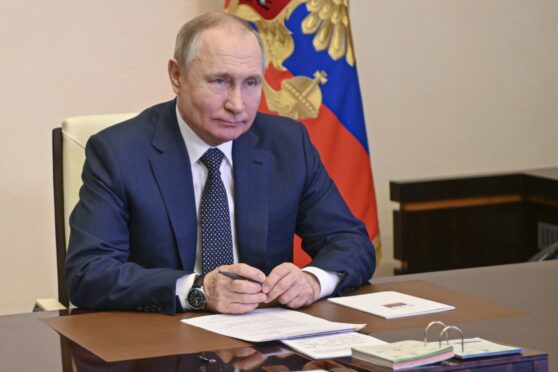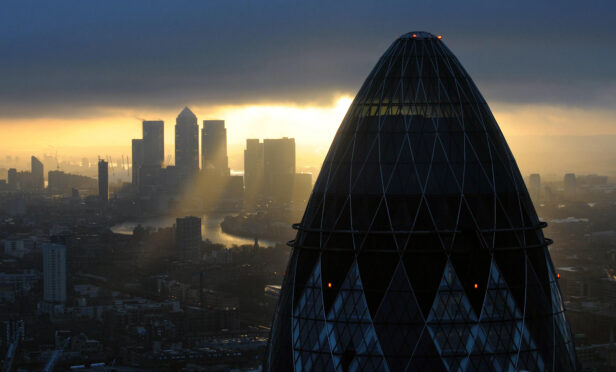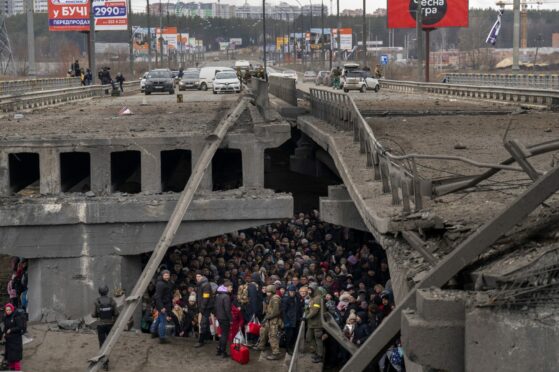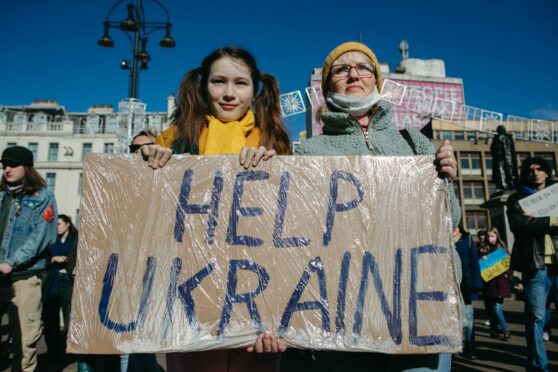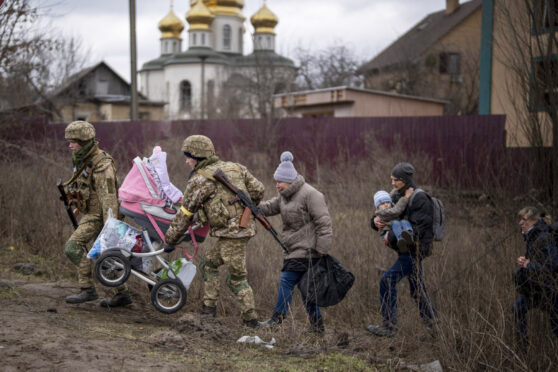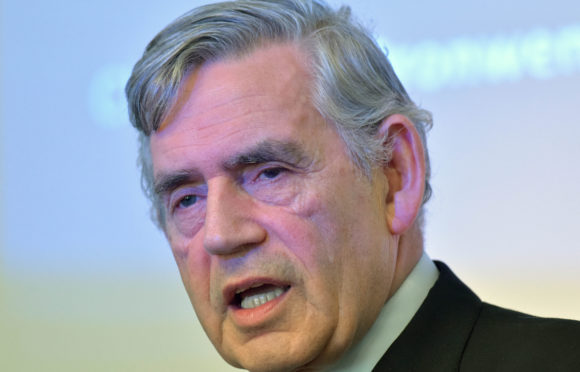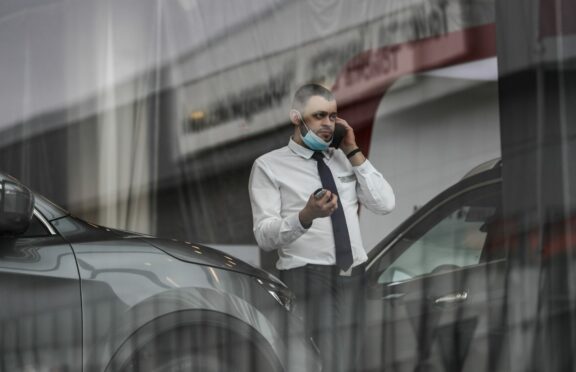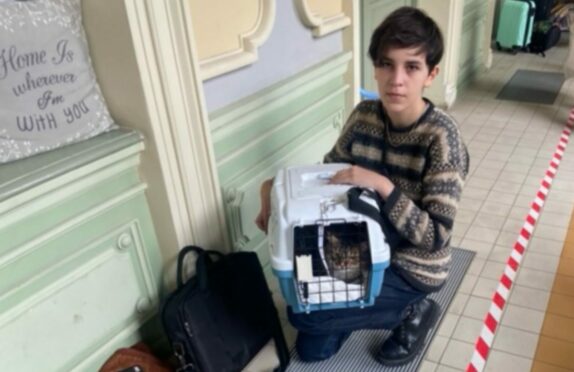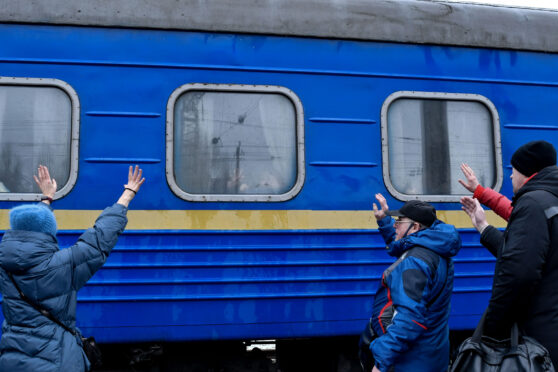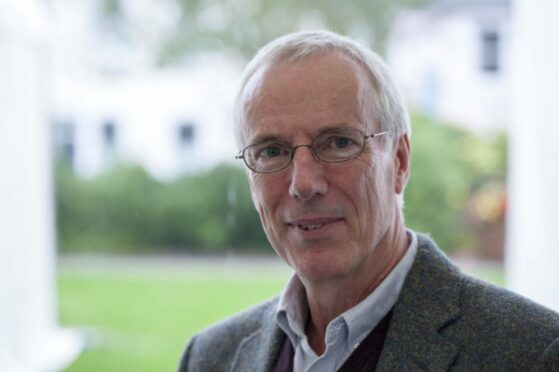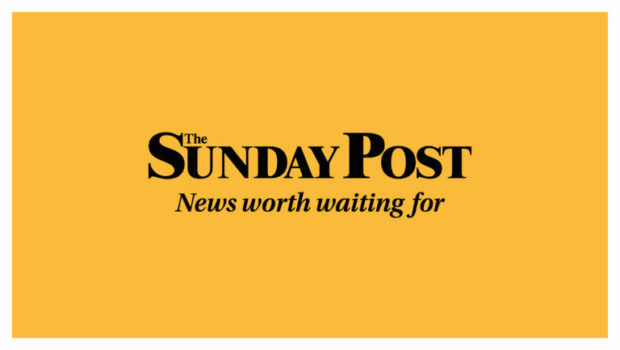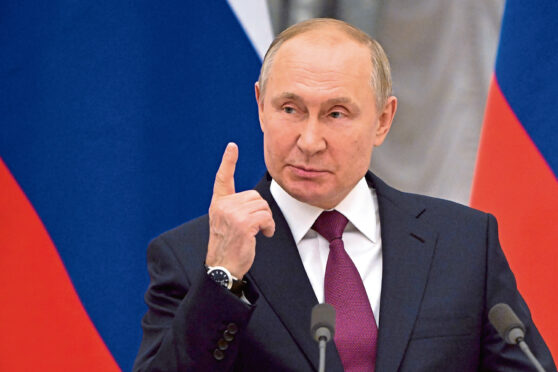
They are Vladimir Putin’s most trusted advisers but how closely the Russian president is listening to them as his invasion of Ukraine falters is up for debate.
Putin’s inner circle is largely made up of security and military advisers – the siloviki or “men of power” – many of whom rose through the ranks of the KGB and its successor the FSB.
One of the figures closest to Putin is Russian Defence Minister Sergei Shoigu, who has gone on hunting and fishing trips to Siberia with the Russian president. Shoigu was credited with overseeing the invasion of Crimea in 2014 and was also in charge of the GRU military intelligence agency, which has been blamed for the poisoning of former Russian spy Sergei Skripal in Salisbury in 2018.
Also hugely influential is Security Council secretary Nikolai Patrushev, who worked with Putin in the KGB and also succeeded him as the head of the FSB. He believes that the US “would very much like Russia not to exist at all”.
Also making up Putin’s inner circle is Alexander Bortnikov, director of the FSB, Russia’s domestic intelligence service, similar to the FBI, and Valery Gerasimov, chief of the General Staff of the Armed Forces of Russia. Bortnikov said in 2017 that the Stalinist purges of the 1930s had “an objective side”.
Dr Ben Noble, associate professor of Russian politics at University College London, said: “What we can say with a fair degree of confidence is that these men share a world view in which Russia needs to be a fortress to protect itself from what they see as a long-standing, sustained and aggressive attack by what they call the ‘consolidated West’.
“But we face distinct challenges regarding accessing information about who precisely is advising Putin on particular issues at particular times – and that’s by design. One of the reasons even people within the Russian elite were shocked and surprised by the military aggression against Ukraine was because they simply weren’t included in the decision-making.”
According to investigative website Agentstvo, Putin concealed the full scale of his invasion plans from his officials.
Noble said: “It’s difficult to know the degree to which Putin is even willing to listen to the siloviki.
“The public Security Council meeting that took place on February 21 was staged political theatre: Putin sitting alone and putting council members on the spot, saying: ‘I haven’t spoken to any of you about this previously, but what do you think about the merits of recognising the breakaway republics in eastern Ukraine?’
“If they didn’t come up with the right answer, they would be challenged by Putin. So it was demonstrating, both domestically and internationally, that Putin is in charge at the same time as making everyone else appear to suggest recognition autonomously and thereby becoming complicit in the decision.”

Enjoy the convenience of having The Sunday Post delivered as a digital ePaper straight to your smartphone, tablet or computer.
Subscribe for only £5.49 a month and enjoy all the benefits of the printed paper as a digital replica.
Subscribe